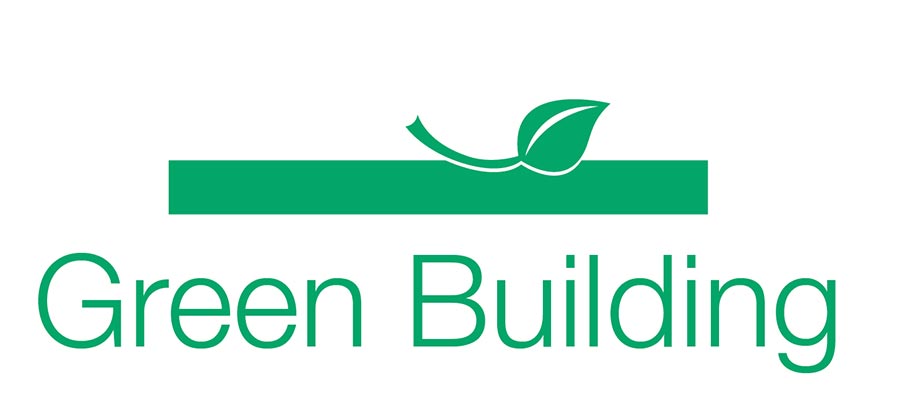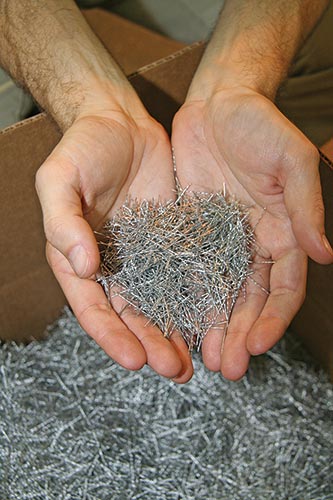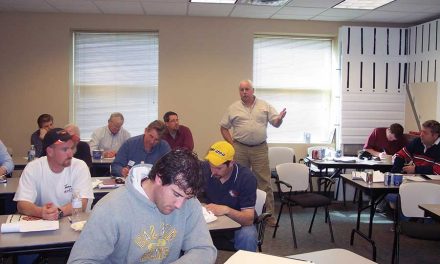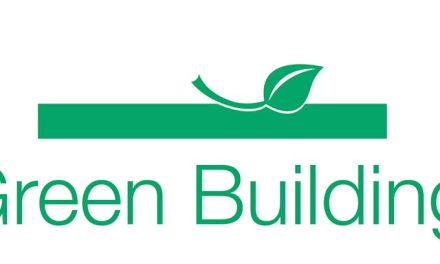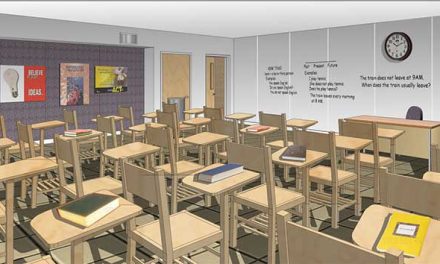For years there has appeared to be huge potential for innovative concrete mixes to make ICF construction faster, cheaper, and better.
At one time or another we have heard about such promising products as:
1. Self-consolidating concrete (SCC);
2. Concrete containing structural fibers; and
3. Lightweight mixes
I checked in with some of the supporters of these products to get a status report. For the most part, the promise still appears to be there but the time to realize it is running longer than people expected.
SCC, as most of us know, “flows like honey.” Placed into wall forms, it should steadily move around the perimeter and fill them up like a viscous liquid in a drinking glass. Crews might have to move the concrete line only a couple of times. No consolidation is needed. The result would be a more complete, more consistent fill, less labor on concrete day, and smaller equipment. Many jobs could get by with something simpler than the full truck-mounted boom pump.
Structural fibers are either steel or blends of steel and advanced plastics. By mixing them into the concrete at prescribed dosages, one could get enough structural strength to take out some of the rebar. That slashes the time and effort to cut, bend, and install the bar. It also reduces the clutter in the form cavity so the concrete is easier to place and consolidate.
Lightweight concrete puts less pressure on the forms. The chances of blowouts are less, and the crew can pour faster without being on edge. If the use of this sort of concrete became widespread, the form manufacturers would have the option of lightening up their forms and the contractor could save some money.
SCC
SCC is alive and well and is used in a wide variety of applications. One of the most common is high-strength applications with a lot of rebar spaced close together. The fluid SCC flows thoroughly around all bars, encasing them without voids. Otherwise this would be difficult to achieve even with vibration.
However, SCC mixes have been slower to penetrate many other applications, including ICFs. The available mixes are often expensive. I’ve seen quotes of an additional $10-30 per cubic yard. That may be justified in some high-strength applications. However, for the walls of a basement or shopping center, that kind of cost can pay for a lot of extra labor to place and consolidate the conventional way.
Designing and providing an SCC mix that works the same way every time is tricky, too. Each ready-mix supplier must develop the skill with its own local materials, and each contracting crew must learn how it behaves. This is especially true for use in ICFs. Self-consolidating concrete, we are told, can put peak pressure on the forms for extended periods of time, and ICFs are especially vulnerable to pressure.
Is SCC coming to ICFs in a big way? Yes, I expect so. But in baby steps. Its use is not even well worked out in conventional formwork.

Fibers
Structural fibers also have cost and savings issues to work out. When you think about it, it’s obvious that you only put rebar in the stress locations where it is structurally required. Fibers are dispersed randomly through the mix. Some of the fibers will not be oriented or located where they do the most good, so you have to load up with more fiber material than would be necessary to do the exact reinforcing job at hand. That means cost. On the projects I have seen, the materials cost of the fibers exceeded that of conventional rebar. In fact, generally only enough fiber is added to eliminate the horizontal rebar that serves to limit cracking. Using enough to get rid of the structural rebar that stands vertically and around openings would be prohibitive.
Getting rid of the horizontal bars definitely makes it easier to get concrete into the forms, and I have talked to contractors who swear by fibers and the time and labor savings they yield. I have also heard from fiber producers who claim they have advances that may lead to replacing more structural bars economically. Most engineers, however, are not convinced, and concrete codes still limit the use of fibers. I expect fibers will continue to penetrate ICF walls, but may top out at something less than the 100% replacement of rebar that people had hoped for.
Lightweight Mixes
Lightweight concrete has long been made with lightweight stone aggregate, and will definitely put less pressure on forms. This, however, is expensive. The real hope for lightweight mixes lies with formulations that use air bubbles or recycled synthetics or engineered foam beads. Some of these might not only cut weight (and pressure), but also improve flow much as SCC does. And I have seen some amazing things in the laboratory. But the evolution of these products is a little like SCC. For some, the costs are still high. For nearly all of them the local mixes have not been fully worked out or even been tried by many ready-mix producers.
I have great optimism for the future of such lightweight technologies. They are coming, and they will arrive. But we in the ICF business will simply have to wait for others to bring them.
The Lesson
In fact, that may be the lesson for all of these new mixes. Here and there I see a ready-mix company developing a special design specifically for ICFs. A couple have worked extremely well. But in most of North America, ICF volume is not yet high enough to justify development of a special mix by the producer’s QC department, stocking of special ingredients, and keeping track of the special needs of a mix used only on rare occasions. All of these new ingredients and mix types will develop and come into more widespread use. But the people working on them are doing it for the broader market, not just ICFs. One day the volume of ICFs will lead ready-mix producers throughout the continent to provide special mixes customized specifically for our application. They will devote the resources and speed the process. But for the time being we will share in the developments that producers make for the general market, and we will take them as they come.
…Next issue: The New Energy Reality

Pieter VanderWerf
President of Building Works, Inc., a consulting company that helps companies with new construction products. He can be reached at pvander@buildingworks.com, and his company at www.buildingworks.com.

